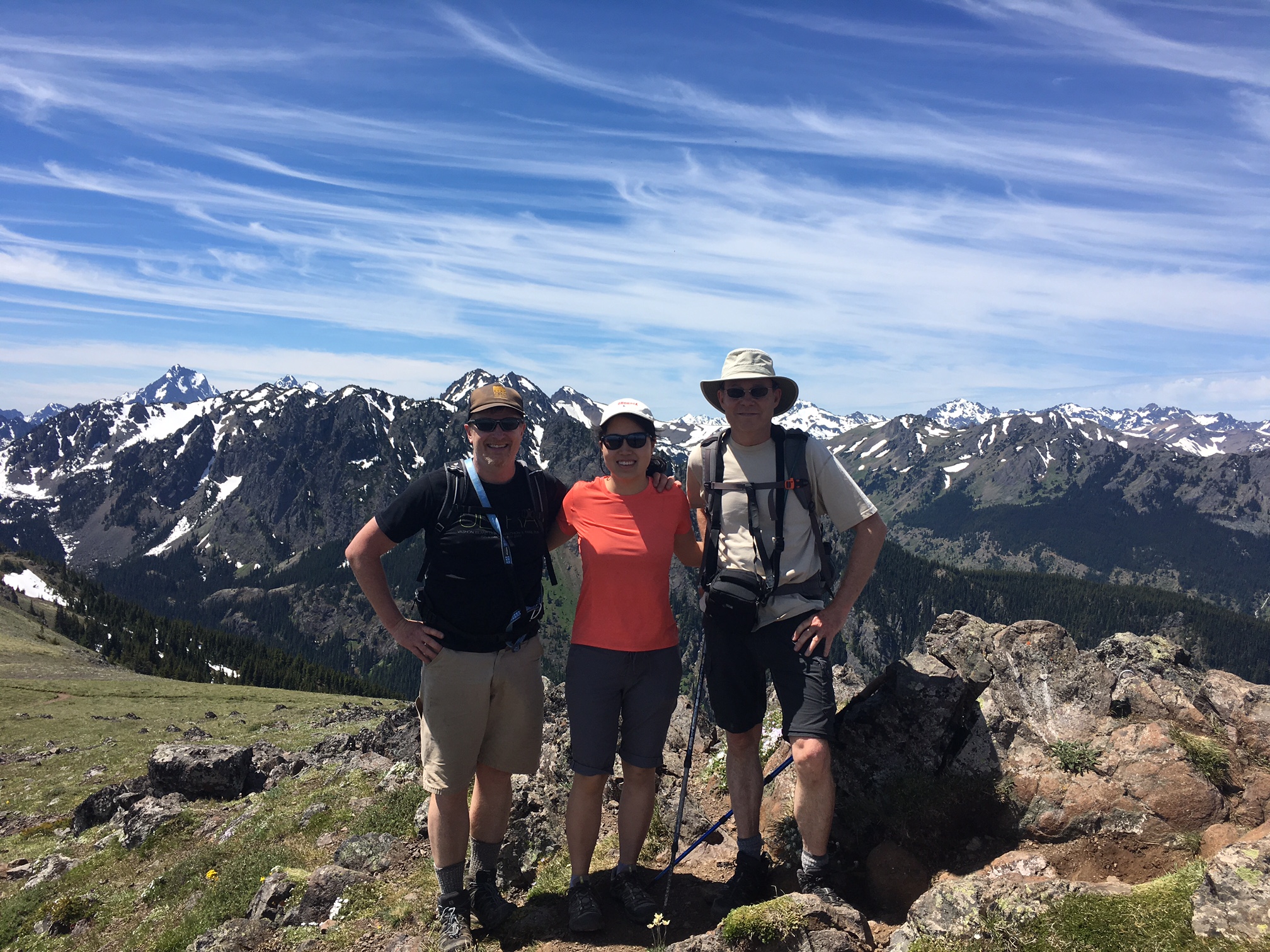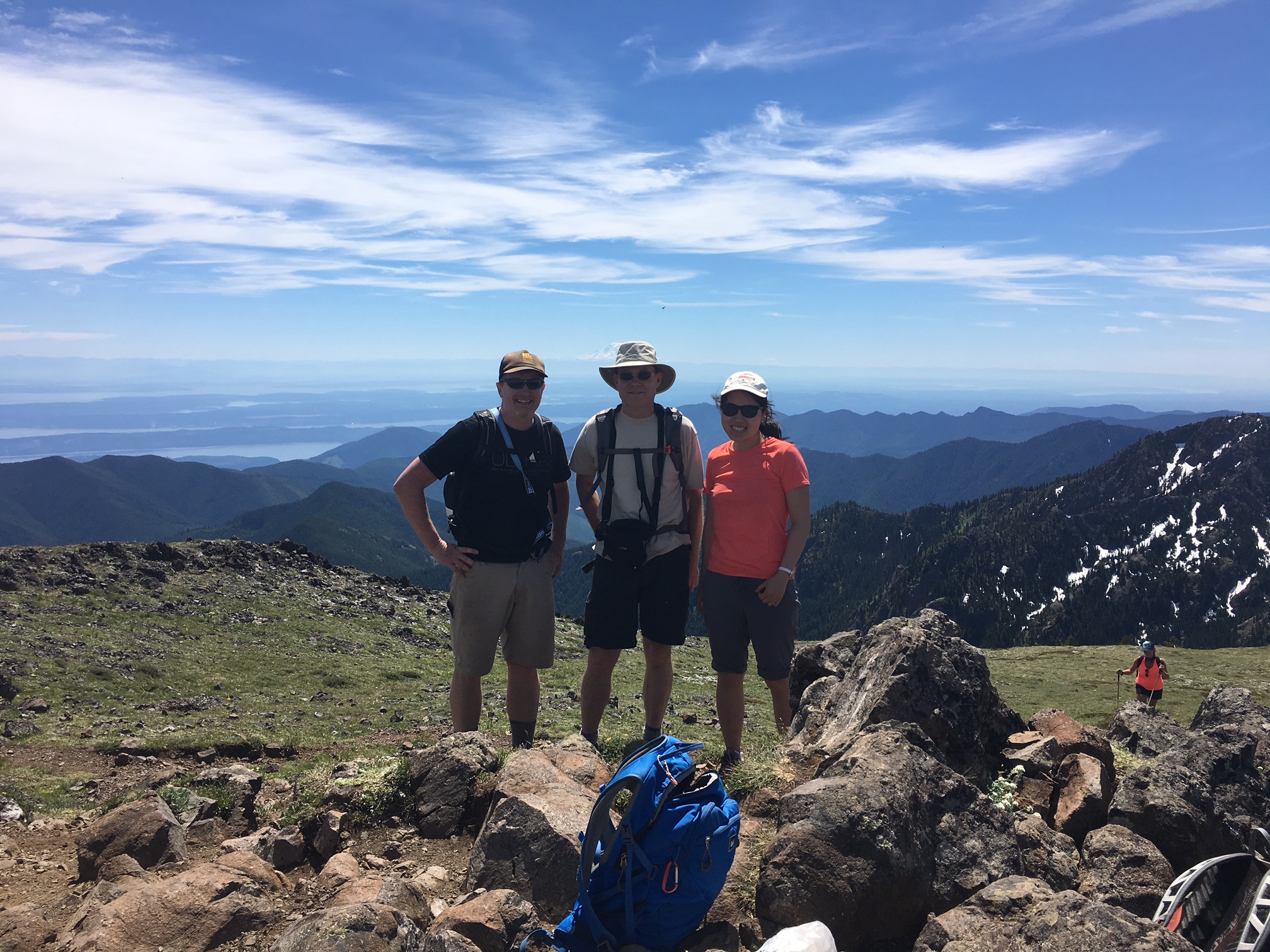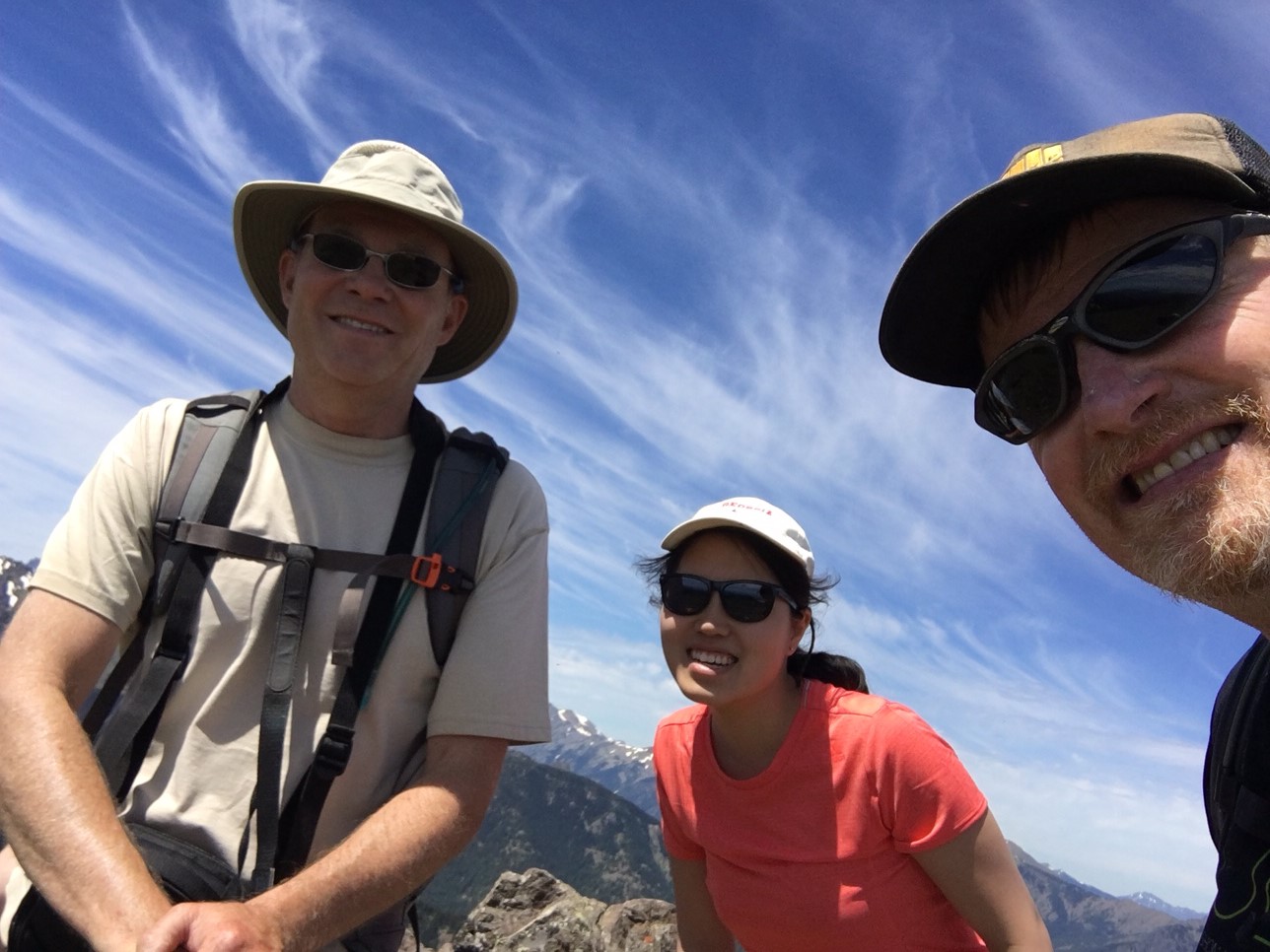Amelia Oates recently joined Aspect’s Seattle office. Here are five questions we asked to get to know her better.
Amelia Oates, GIT - Staff Geologist
1. Where are you from? If you’re not from the Pacific Northwest, what brought you here?
I grew up in the town of Canandaigua, New York, more specifically, a delightful hamlet named Cheshire. I grew up at the end of a dead-end road, spending my time playing in my parents’ garden and pond. After my undergraduate studies at St. Lawrence University in Canton, New York, I decided I needed a change of scenery. Along with some dear college friends, I hatched a plan about five years ago to move to Seattle, looking for opportunities in outdoor adventure and possible careers. After a few years of hiking and biking my way around western Washington, I entered graduate school at UW for applied geology. After graduating I started work as a staff geologist in Seattle and hope to take advantage of all the opportunities this industry has to offer.
2. What inspired you to pursue geology? What made you curious about it?
Growing up as an only child in western New York, I found peace and comfort in spending endless days playing outside, where my imagination was seemingly infinite. My favorite place to pass the time was in the ravine behind my parents’ home, where Ordovician and Devonian shales layered stories of former environments and long-lost critters. Those adventures and findings of corals and concretions informed hours of intrigue for my curious brain. It wasn’t until my freshman introduction to geology course at St. Lawrence University, when we would spend five hours each week exploring the variety of terranes in the North Country, that I realized I had accidentally stumbled on a discipline that brought me back to my peaceful place and fed my curiosity for existential truth, problem solving, and dreaming of what once was. My curiosity was piqued after several field trips abroad showed me that geology is everywhere, and to be a great geologist, one needed to see as much as possible.
3. What do you like best about your area of expertise? What excites you and keeps you motivated?
It’s the idea that there are multiple solutions to the complex problems we discover in geology. It requires diversity of expertise, interest, and constant learning to continue to produce the best science in this field. I am continually excited to learn new techniques, use innovative technology, and apply those techniques to real examples. The prospect of staying current and using my knowledge to adapt to the environment around me is inspiring and keeps me motivated.
4. What do you like to do when you aren’t working?
I love to spend time with friends, and adventure to new places, via planes, trains, automobiles, boat, bike, or my own two feet. One of my favorite parts of traveling abroad is to indulge in the local cuisine. When I’m at home, I like to experiment with those culinary experiences and create delicious food to share with friends and family. When I’m not being active or travelling about, I love to curl up next to the fire, with a cup of tea, and a good book.
5. What five people would be your dream dinner party guests?
I’d love to dine and discuss politics, music, culture, philosophy, and the environment with: Ruth Bader Ginsburg, Prince, Malcolm X, Marie Curie, and Vandana Shiva.

















